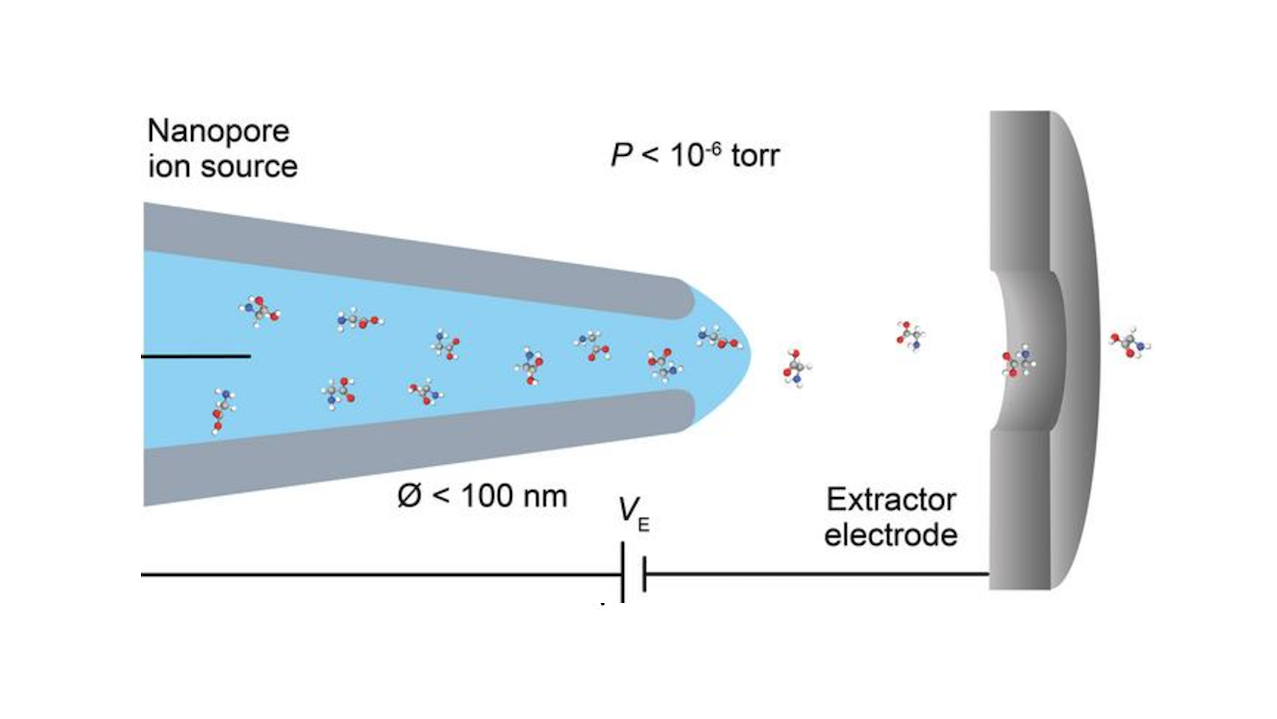Researchers at Brown University have developed a groundbreaking method for transferring ions for mass spectrometry that significantly reduces sample loss. Mass spectrometry is a powerful technique used to analyze the composition of particles, but traditionally, about 99% of the sample is lost before analysis begins. The new method, called a nanopore ion source, involves a tiny capillary with an opening 1,000 times smaller than a human hair. This allows for the direct transfer of ions dissolved in water into the vacuum of mass spectrometers without the need for spray droplets.
The innovation by the Brown research team has the potential to revolutionize mass spectrometry technology by increasing accuracy, sensitivity, and efficiency in sample analysis. By eliminating the need for gas pumps and reducing sample loss, the nanopore ion source simplifies the complex hardware of mass spectrometers and enables more sensitive analyses, such as sequencing proteins one amino acid at a time.
The team spent 10 years developing the method, which involved custom designing a mass spectrometer to house the unique ion source in a vacuum. Through trial and error, they successfully demonstrated that their new transfer method can match detections done using traditional methods but with far less sample loss. The researchers aim to further develop their nanopore ion source to improve workflow in proteomic analyses and enhance the science of researchers in the field.
The study, published in Nature Communications, presents the nanopore ion source as a game-changing advancement in mass spectrometry technology that has the potential to impact a wide range of scientific fields.
Source
Photo credit astrobiology.com



